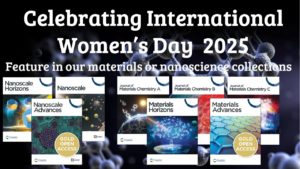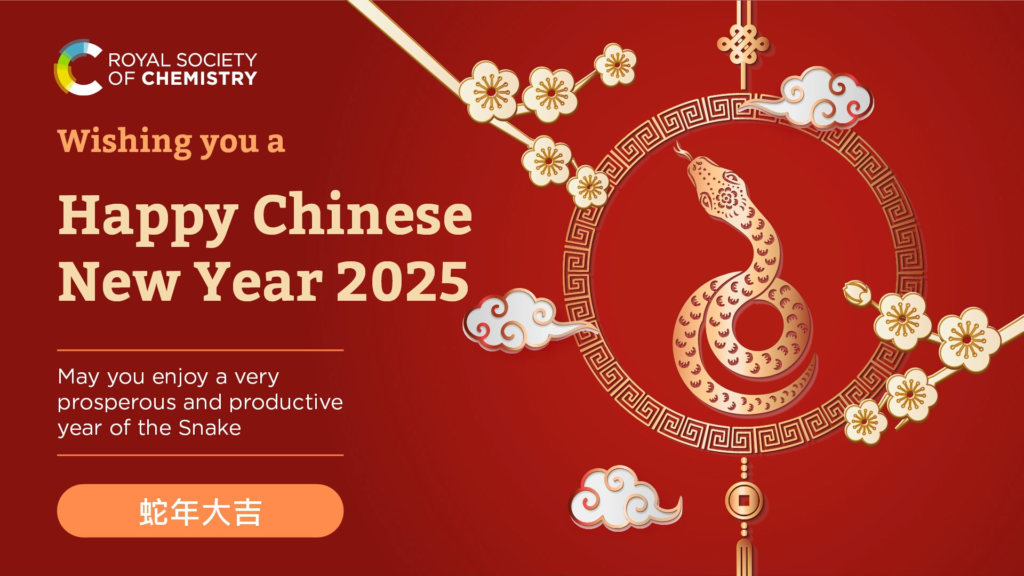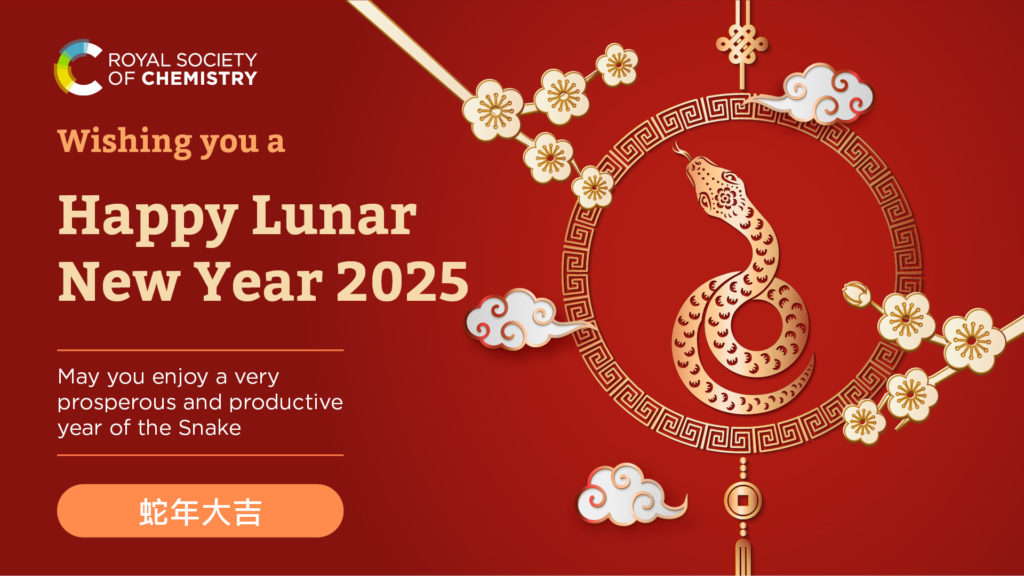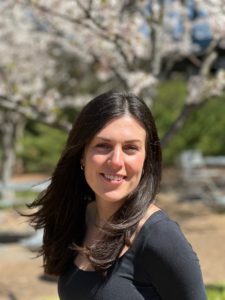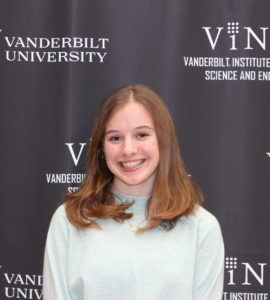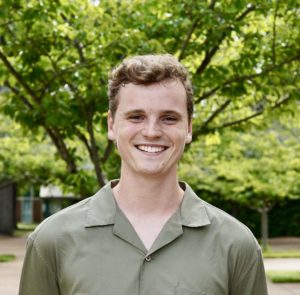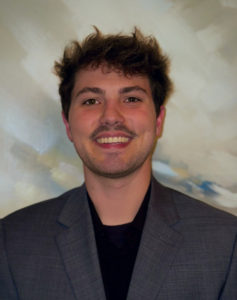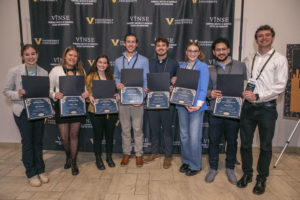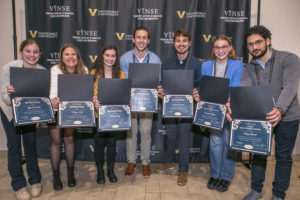Open Call for Papers – Reactivity and Self-Assembly in Confined Spaces
Guest Edited by Xavier Ribas Salamaña, Huan Pang, F. Dean Toste & Raul Hernandez Sanchez.
Nanoscale and Chem Comm are pleased to announce an open call for papers to an upcoming special collection on Reactivity and Self-Assembly in Confined Spaces. This collection is guest edited by Xavier Ribas Salamaña (IQCC, Spain), Huan Pang (Yangzhou University, China), F. Dean Toste (University of California Berkeley, USA) and Raul Hernandez Sanchez (Rice University, USA).
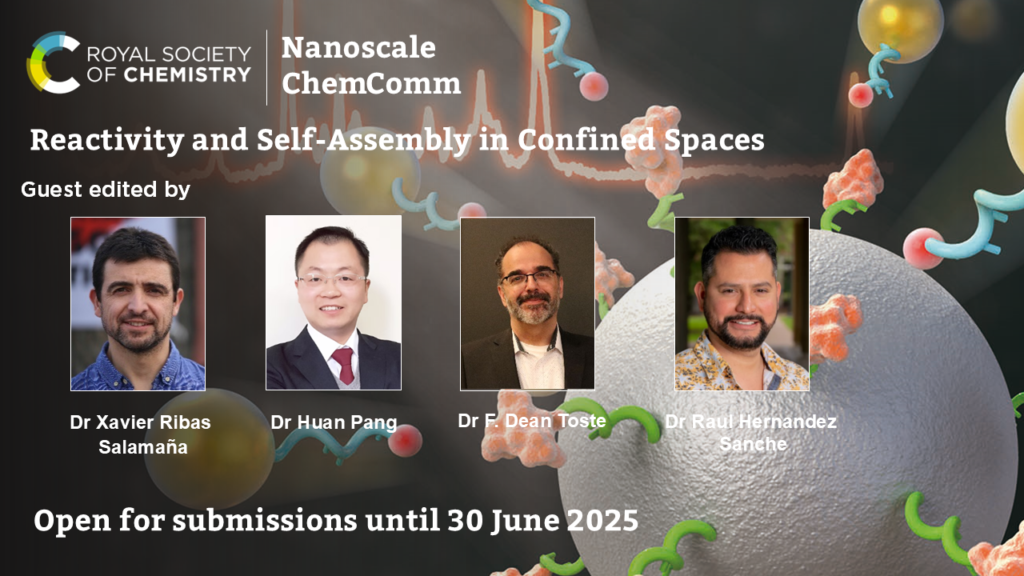
Reactions at confined sites generally exhibit high rates and exquisite selectivities that differ from those occurring in bulk solution. The confinement spot can be considered as a second coordination sphere of the catalyst, reminiscent of enzymatic active sites. The orientation of the reagents and substrates is controlled by the special environment around the confined site leading to highly selective transformations. As such, structural constraints and weak interactions conspire to decrease activation barriers of precise reactions to furnish rapid chemo-, regio-, and stereoselective transformations. Therefore, shedding light on reactions taking place at confined spaces is crucial to tame their reactivity and add another level of control to catalyst design.
Reactivity and self-assembly in confined spaces would cover the behavior of chemical species within nanoconfined environments such as colloidal nanoparticle surfaces, polymeric nanosystems, coordination cage cavities, and nanopores within porous materials.
Open for submissions until 30 June 2025
How to submit
If you would like to contribute to this themed collection
- Log into either the Nanoscale or Chem Comm online submission system.
- Submit your article
- Select your article type and under the “Themed issues” section in the submission form mention that it is an Open Call contribution to the Reactivity and Self-Assembly in Confined Spaces collection
- Add a “Note to the Editor” that this is from the Open Call
The Editorial Office reserves the right to check suitability of submissions in relation to the scope of both the journal and the collection, and inclusion of accepted articles in the final themed issue is not guaranteed. Please note that all submissions will be subject to initial assessment and rigorous peer review to meet the usual high standards of Nanoscale and ChemComm. All articles featured in the collection must be in scope and as such final inclusion is not guaranteed and will be up to the discretion of the guest editors.
We look forward to receiving your latest work and considering it for this collection. Please do get in touch at nanoscale-rsc@rsc.org if you have any questions at all.











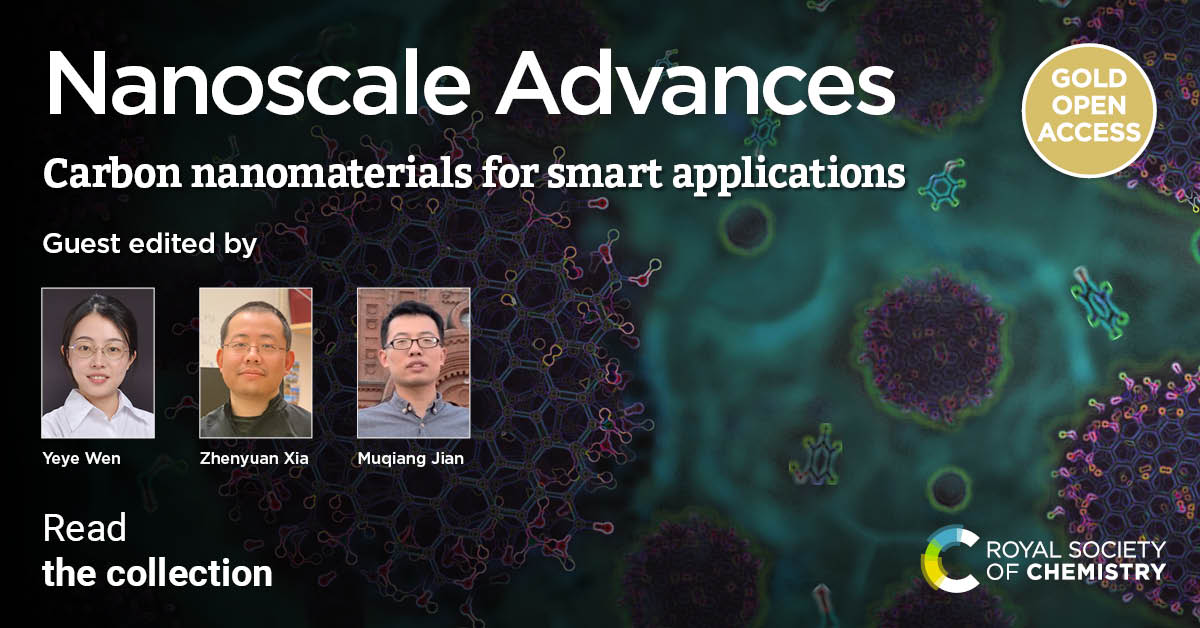

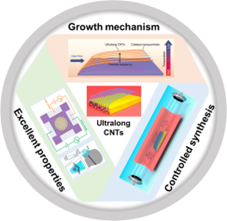
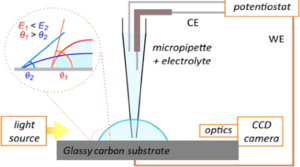
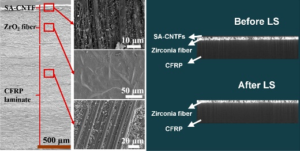
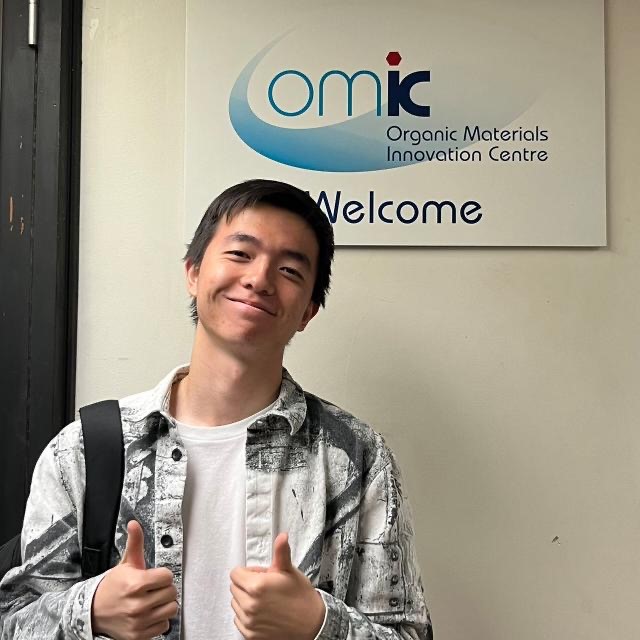

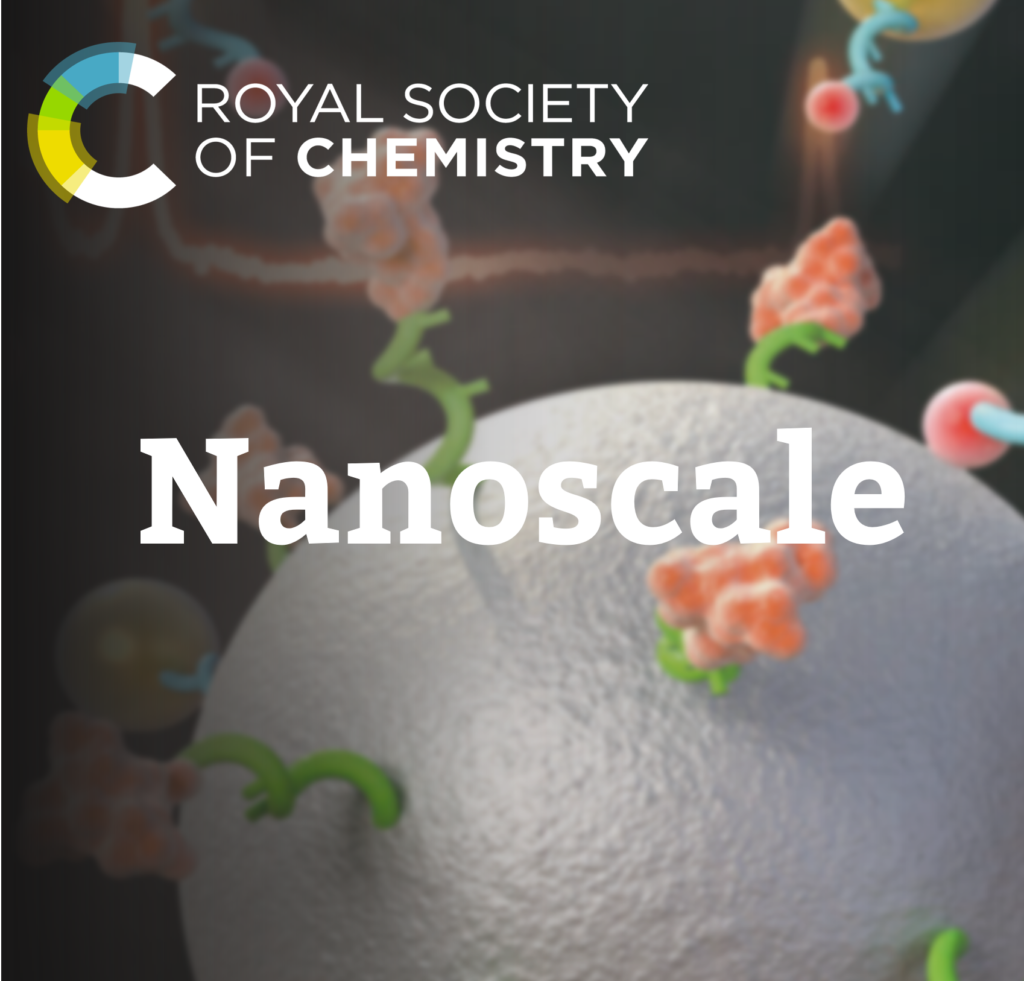
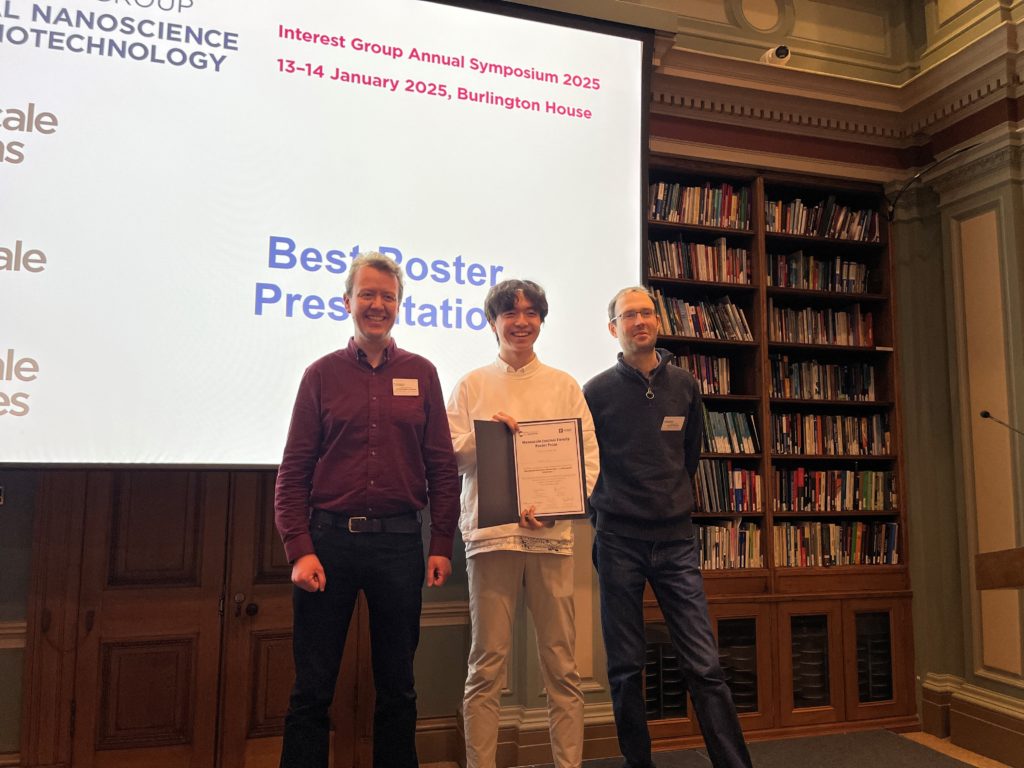
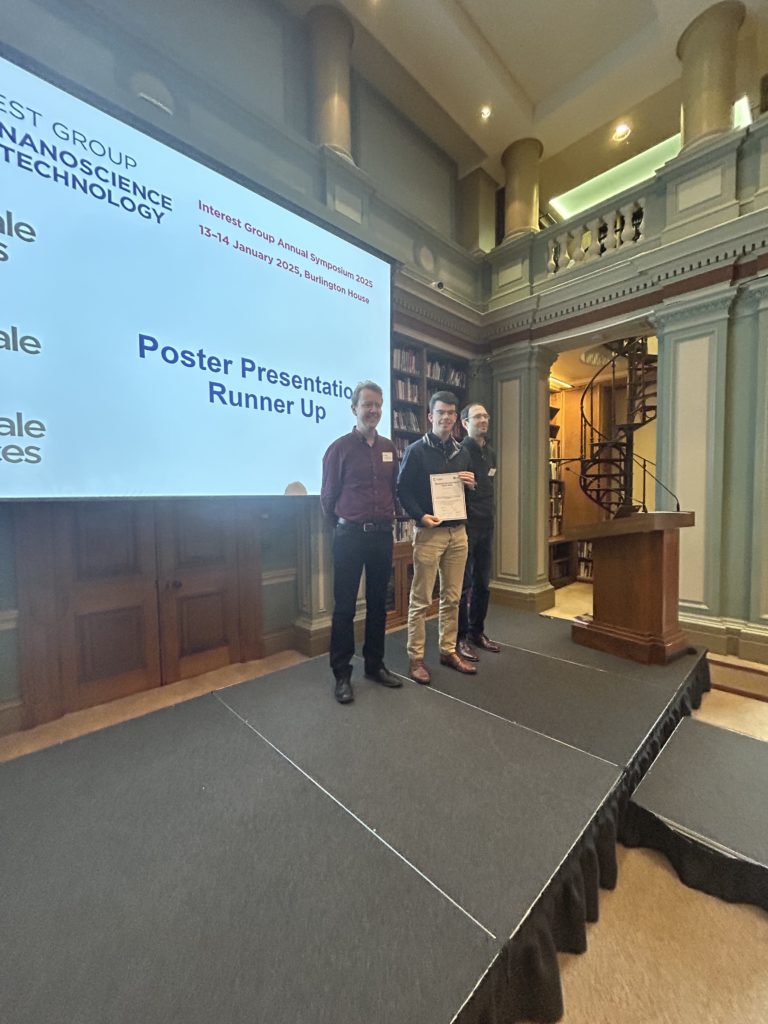
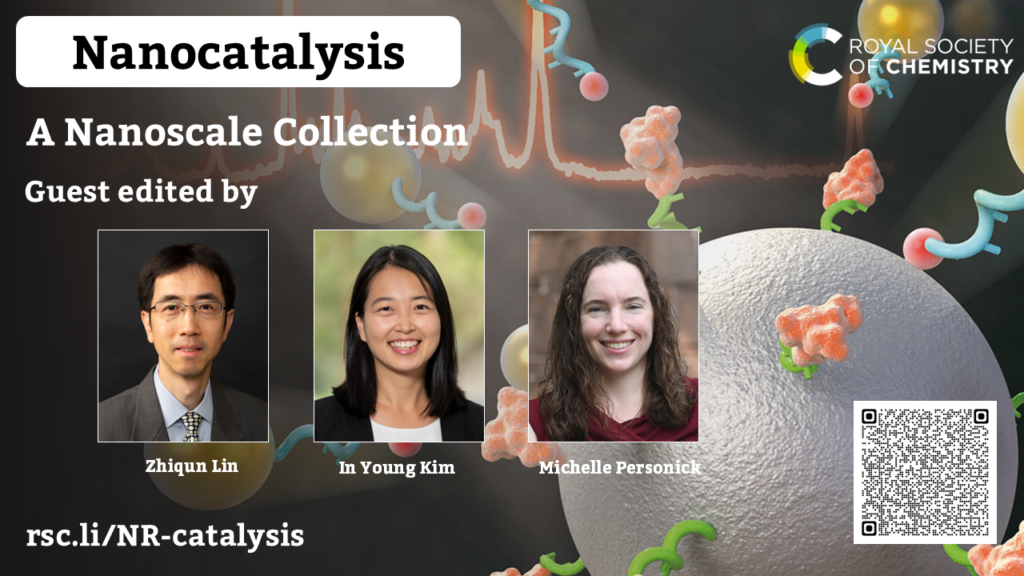
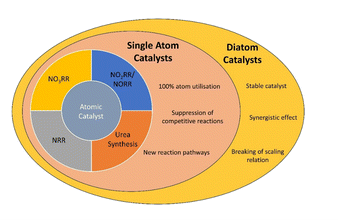
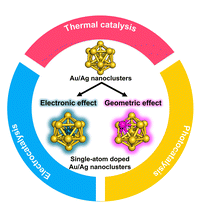 Atomically precise Au and Ag nanoclusters doped with a single atom as model alloy catalysts.
Atomically precise Au and Ag nanoclusters doped with a single atom as model alloy catalysts.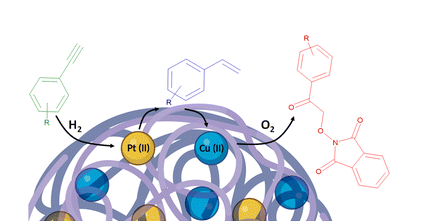 Consecutive one-pot alkyne semihydrogenation/alkene dioxygenation reactions by Pt(ii)/Cu(ii) single-chain nanoparticles in green solvent.
Consecutive one-pot alkyne semihydrogenation/alkene dioxygenation reactions by Pt(ii)/Cu(ii) single-chain nanoparticles in green solvent.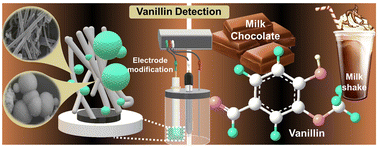 Neodymium niobate nanospheres on functionalized carbon nanofibers: a nanoengineering approach for highly sensitive vanillin detection.
Neodymium niobate nanospheres on functionalized carbon nanofibers: a nanoengineering approach for highly sensitive vanillin detection.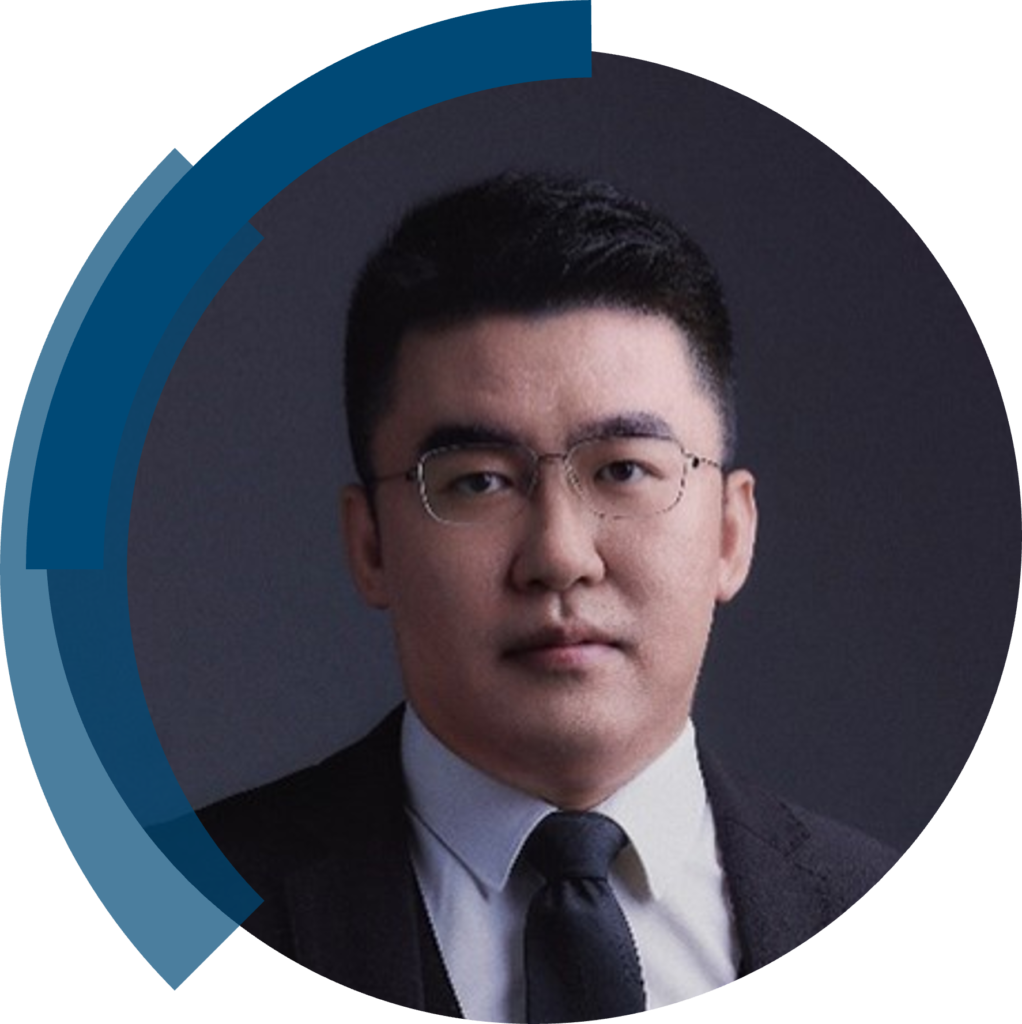 We are delighted to welcome Professor Zhuo Kang from the University of Science and Technology Beijing (USTB), China, as a new Editorial Board member working across Nanoscale
We are delighted to welcome Professor Zhuo Kang from the University of Science and Technology Beijing (USTB), China, as a new Editorial Board member working across Nanoscale 